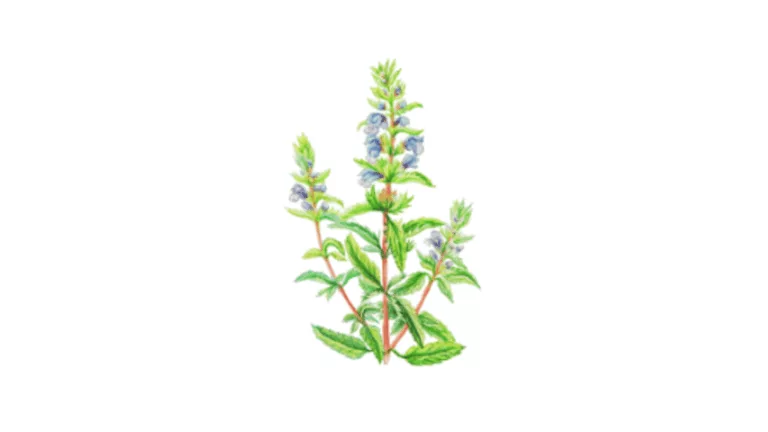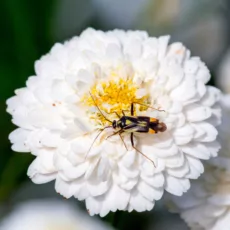Moldovian Dragonhead

Moldavian dragonhead (Dracocephalum moldavica) belongs to the mint family (Lamiaceae). The Latin name Dracocephalum literally translates as “dragon’s head” and very aptly reflects the shape of the flower’s corolla.
Moldavian dragonhead is a delightful plant with lovely pale-lilac to blue-violet blossoms that exude an extraordinarily delicate, unusually pleasant, gentle fragrance with fresh citrus notes.
Behind the name of this still relatively unfamiliar plant lies exceptional healing power, embodying a vast spectrum of medicinal properties. In ancient Indian and Tibetan medicine, the plant was used as a tonic prescribed for migraine, toothache, and colds.
The plant contains valuable active components such as citral and geraniol. This enables the use of Moldavian dragonhead for faster healing of purulent wounds, as well as for bruises, rheumatism, and stomatitis. An infusion of the herb is used for palpitations, neuralgia, migraines, headaches, toothache, intestinal spasms and gas, as well as for all kinds of colds.
Moldavian dragonhead has analgesic, sedative, and anticonvulsant effects. In folk medicine it is used to stimulate the appetite and improve digestion, strengthen the immune system, improve kidney function, and stimulate the activity of the adrenal cortex (a property that manifests mainly due to citral). The plant is used as a tea as a preventive measure in the fight against viral infections.








